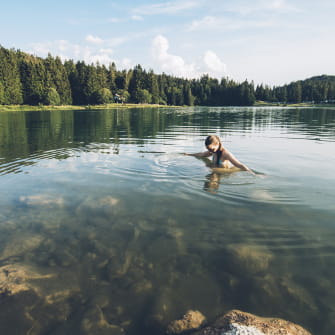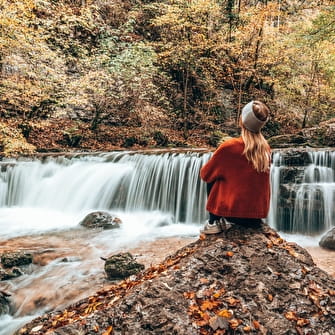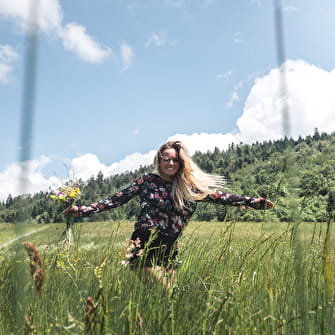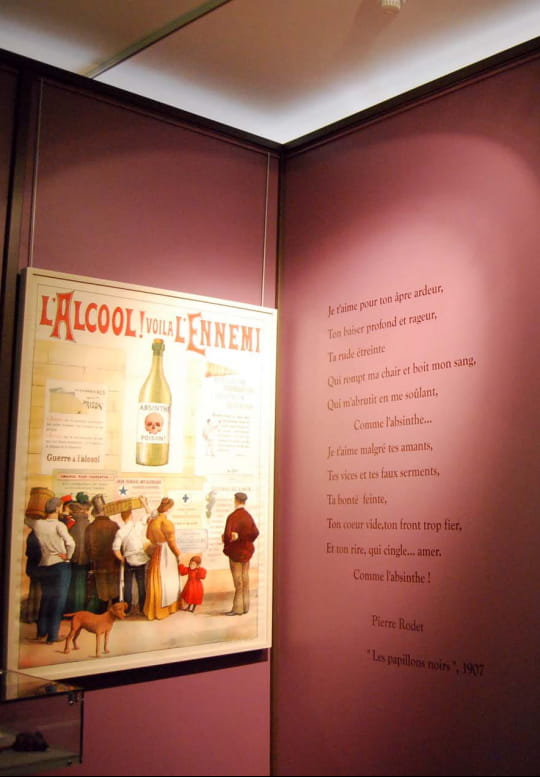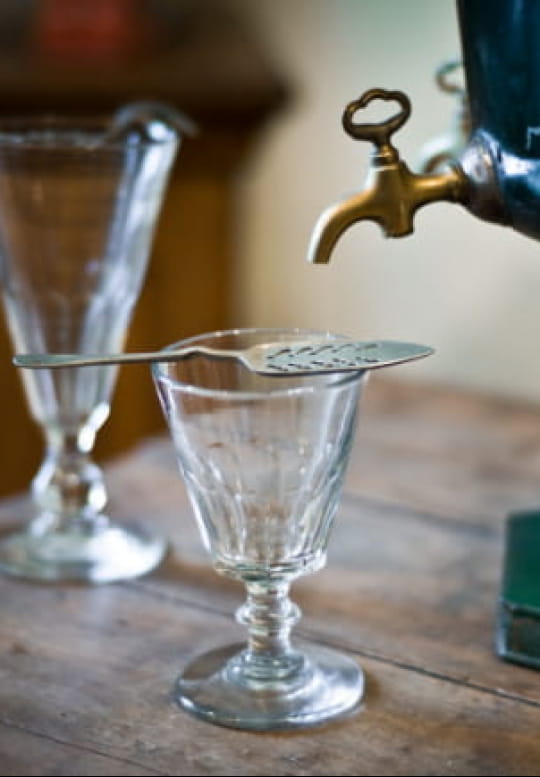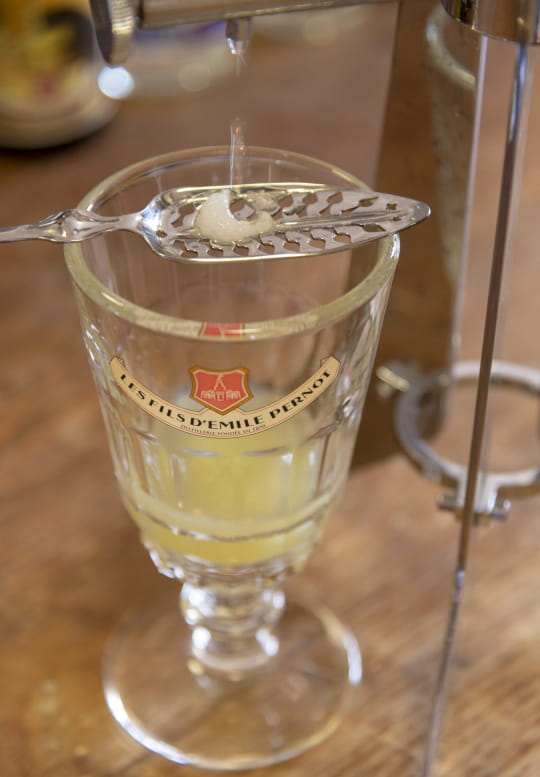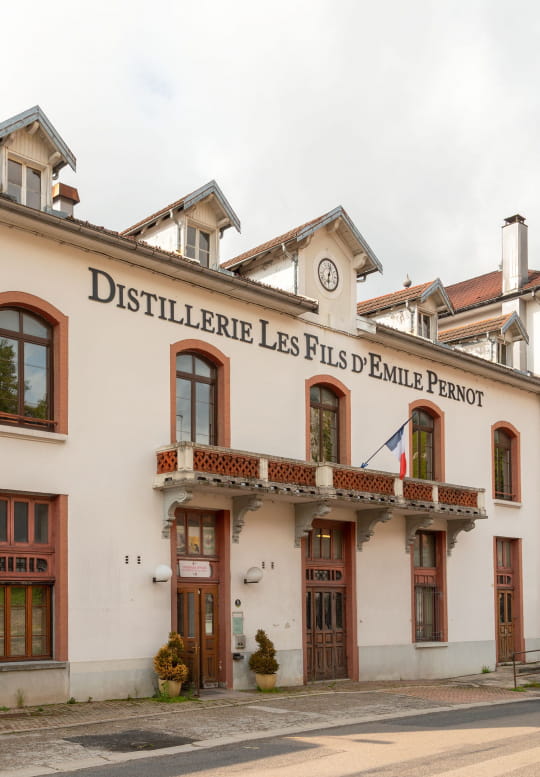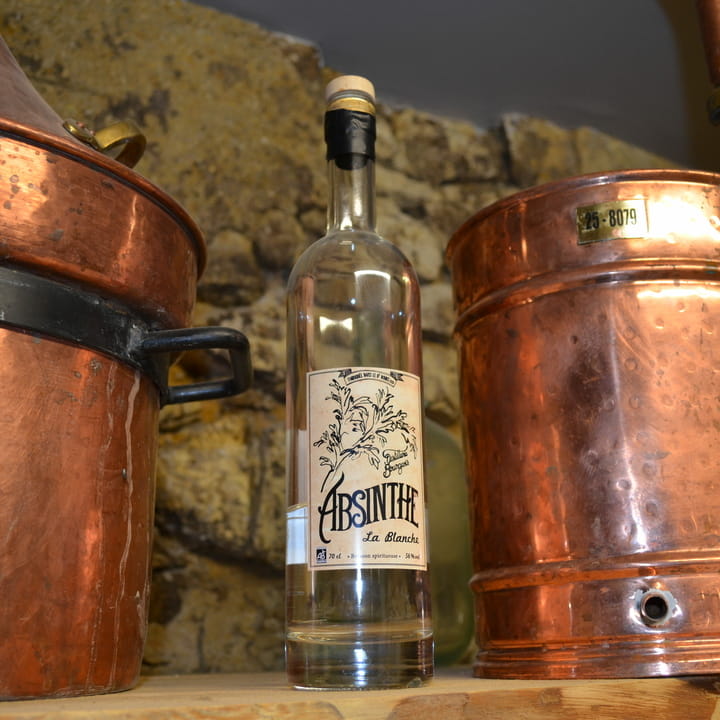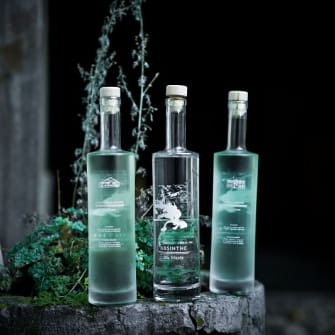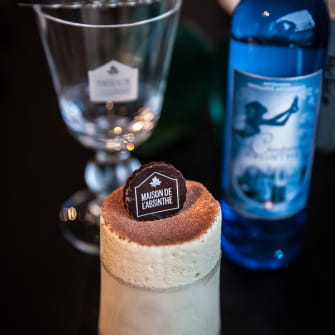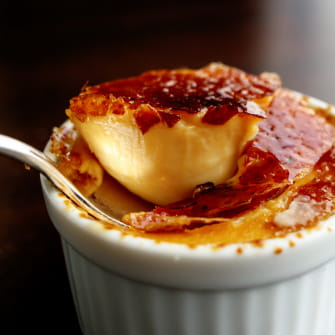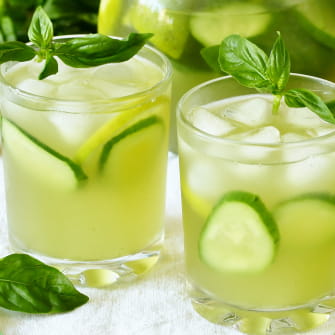Many artists have been associated with absinthe, including Vincent Van Gogh, Toulouse Lautrec, Manet, Degas, Paul Verlaine, Rimbaud, Baudelaire, Picasso and Oscar Wilde, to name just a few. Anyone would think drinking it brings out the creative genius in you!
Absinthe, a controversial local drink
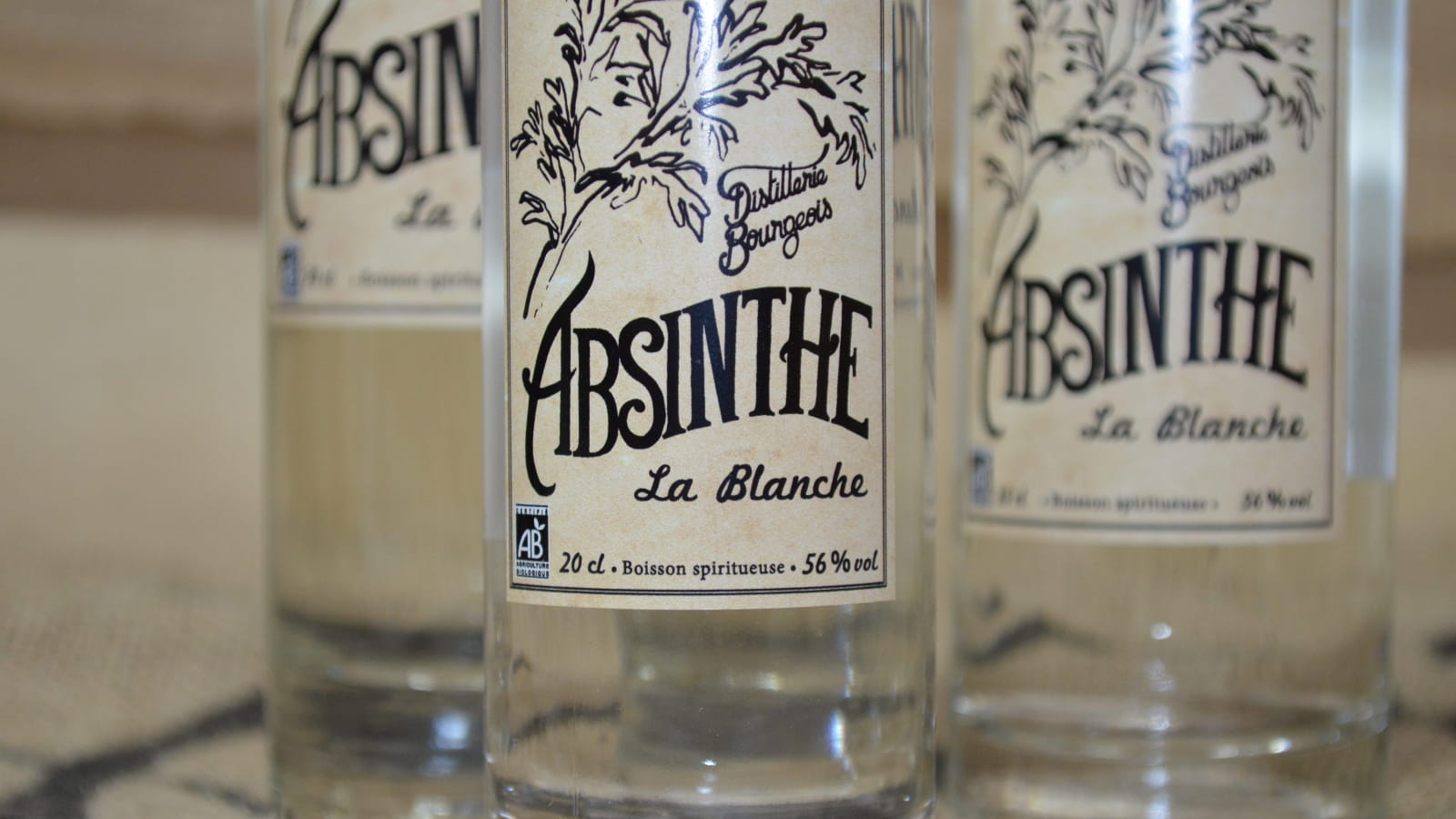
Medicine? Wine that makes you lose your mind? The history of absinthe is indeed a troubled one. After being banned for years, it is back under the spotlight, becoming once again an essential feature of the culinary landscape and craftsmanship of the Jura Mountains, especially in Pontarlier, the absinthe capital. Find out all about this incredible saga. Here we bring you its history, its anecdotes, and information on related sites that you absolutely must visit...
The absinthe legend
Absinthe is an aniseed-flavoured alcoholic beverage with a troubled history.
The story begins in the Swiss canton of Neuchâtel where a healer named Henriette Henriod created a plant-based drink - absinthe - for medicinal purposes. At the end of the 18th century, Major Dubied purchased the recipe and established a distillery in Couvert with his son-in-law, Henri-Louis Pernod.
A few years later, in 1805, Henri-Louis Pernod set up his own distillery in Pontarlier, Pernod Fils. In the initial years, absinthe consumption was mainly local, but that changed with the colonisation of Algeria which placed the beverage under the spotlight. To fight against the unpleasant symptoms of malaria and dysentery, the soldiers would add a few drops of absinthe to their drinking water. On their return to France, absinthe became a very popular drink.
In the 19th century, its production boomed and prices dropped. This enthusiasm led to variations in quality and the emergence of poor "zinc sulphate" substitutes.
At that time, a glass of absinthe cost less than a glass of wine. This latest low-cost trend sent the consumption of absinthe soaring and placed the temperance movement on alert. Absinthe became an "alcoholic beverage that makes people lose their mind and turn to crime, transforms them into animals and threatens our future".
The culprit? Thujone. Studies at the time accused this component present in absinthe of being behind all the health problems relating to the "green fairy". It was said to cause convulsions and hallucinations.
The cabal ended in 1915 with the ban on distilling absinthe on French soil. The ban lasted until 2011 when a European decree set a maximum limit on thujone concentrations allowed in products. Nowadays absinthe is produced mainly in the Jura Mountains, and at Pontarlier in particular.
Absinthe, a whole preparation ritual
Enjoying a glass of absinthe is almost like following an initiation rite. But the patience required to prepare it only adds to the pleasure.
1. pour neat absinthe into a special absinthe glass,
2. balance a delicately-cut, flat slotted spoon on the edges of the glass,
3. place a sugar lump on the spoon,
4. then slowly drip iced water over the sugar lump.
Now... this is the moment when the "green fairy" unleashes her aromas and tints of green and amber. All you have left to do is taste!
Absinthe, the muse of artists
A mystery solved…
On 11th August 1901, it was thundering above Pontarlier when, suddenly, the Pernod distillery was struck by lightning and fire broke out in the factory on the Doubs riverbank. To avoid the flames setting ablaze the vats full of alcohol, an employee opened all the taps and thousands of litres of absinthe poured into the river.
Two days later, a man walking about fifteen kilometres away on the banks of the Loue, a small river, noticed an aniseed smell and the unusually green water of the Loue. No doubt about it, there was absinthe in the water!
That was how it was discovered that the Loue is a resurgence of the River Doubs. Near Pontarlier, part of the Doubs disappears into a fault and, a few kilometres downstream, re-emerges as the River Loue.
This fact was proven a few years later... by a slightly more scientific method that did not involve absinthe!
Source of the River LoueThe absinthe capital
The history of Absinthe is rooted in the Jura Mountains, between France and Switzerland. It owes its reputation to Pontarlier, where it is distilled. It was all the rage in the early 20th century, when its production was a godsend for the local economy. In 1900, there were no less than 25 distilleries in Pontarlier!
Other ways to use absinthe
This spirit has many surprises in store... check out our recipes to find some original ways of using it:



